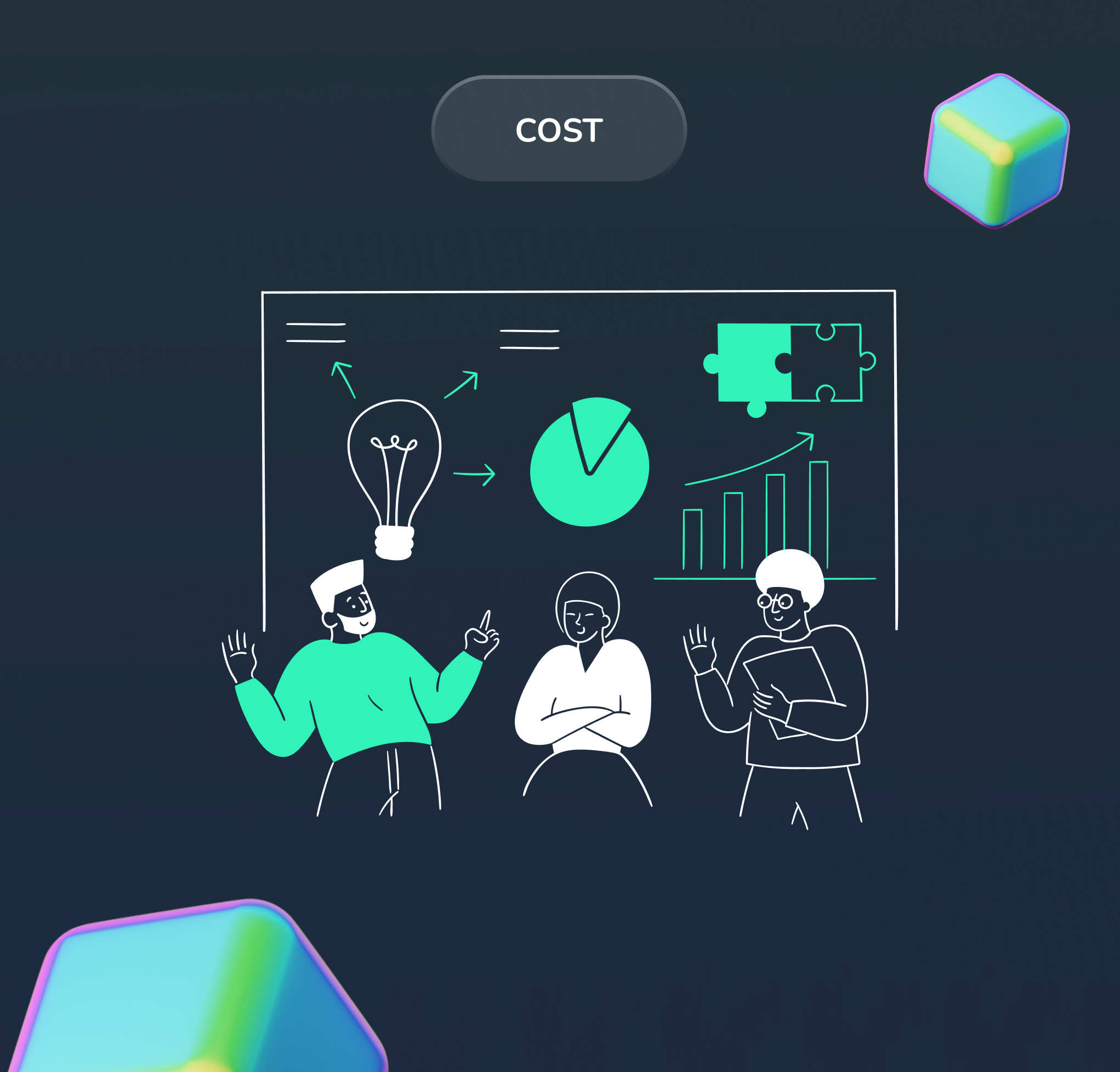-
Why Supply Chain Cost Optimization Is a Must-Have for Modern Businesses
Running a healthcare business and losing money on purchasing and logistics? It’s time to stop “putting out fires” and take control of your expense.View more -
How AI Solutions Automate Billing and Subscription Management
Struggling to keep medical billing under control as your healthcare business grows? This article breaks down complex solutions into simple steps to help you take charge of your subscriptions and finances today.View more -
From Chaos to Control: Go Digital with Manufacture Automation
Stop firefighting problems. Start building a smarter production flow with actionable insights from manufacturing software.View more -
What Business Leaders Need to Know About Cutting SaaS Waste Without Blocking Growth
Think you only pay for needed SaaS subscriptions? Hidden costs and forgotten services may be draining your budget and slowing growth.View more -
How AI Photo Identification Reduces Medical Staff Workload
Discover how AI photo identification can streamline your clinic’s workflow and enhance patient outcomes.View more -
How AI Audit Software Finds Financial Losses Your Team Misses
What AI Audit Software can do? Discover a system that detects losses even the most experienced team might miss.View more





